(If you can see it, that is.)
If you think TEPCO was hiding something when the company first produced the document that was almost completely blacked out to the Diet Independent Investigation Commission back in September last year, wait till you see this map.
It's a SPEEDI simulation map, done at the request from Shiga Prefecture to assess the risk of a severe accident at Ooi Nuclear Power Plant and shared with Fukui Prefecture, where Ooi Nuclear Power Plant is located. Shiga Prefecture is downwind from Ooi Nuclear Power Plant. Green Peace Japan requested the map from Fukui Prefecture under the freedom of information request, and this is what the Fukui prefectural government gave to Green Peace on May 9, 2012.
The map is blacked out except for Shiga Prefecture, the prefecture who originally requested the SPEEDI simulation, even though Green Peace's request was for the SPEEDI map that shows Fukui Prefecture, which is located to the west of Shiga. The map is supposed to show, in different colors, the dose equivalent at thyroid for Fukui Prefecture in case of a severe accident at Ooi Nuclear Power Plant that would release a huge amount of radioactive materials including iodine-131.
From Green Peace Japan's post on June 19, 2012, soon after the government decided to restart Ooi Nuclear Power Plant:

This is the map that the Fukui prefectural government disclosed to the Fukui residents: a blacked-out map that doesn't even show Fukui Prefecture.
Why?
Green Peace Japan's page has the scanned document from Fukui Prefecture that gives the reason for the blackout:
滋賀県および福井県が行う防災対策に係る事務に関する情報であって、公にすることにより、当該事務の適正な遂行に支障を及ぼすおそれがあるため
It is the information that has to do with the disaster response measures to be undertaken by Shiga Prefecture and Fukui Prefecture, and there is a possibility that the proper execution of the measures may be hindered by making the information public.
Alright then, Fukui Prefecture must at least have such countermeasures in place for a "severe accident" like it happened at Fukushima I Nuclear Power Plant, correct? No, says Green Peace and Fukui Prefecture. In another document on the site, Fukui Prefecture says:
Since we haven't done the simulation of a "severe accident" that releases iodine-131 at 10^16 to 10^17 becquerels/hour, there is no information to disclose.

So what DID the Fukui prefectural government do? Tokyo Shinbun in June this year had this article (I don't know the exact date, but it is about Green Peace Japan's freedom of information request to Fukui Prefecture.) The article says, toward the end:
In the fiscal 2011, Ministry of Education and Science gave Fukui Prefecture 24 SPEEDI simulation maps each for Ooi Nuclear Power Plant and Mihama Nuclear Power Plant. The amount of radioactive material release that Fukui Prefecture set for the SPEEDI simulation calculation was the same as before the Fukushima accident, about one-millionth of the amount of iodine-131 released per hour at Fukushima.
So, the Noda administration lied through their collective teeth when Prime Minister Noda and top ministers said Ooi Nuclear Power Plant and KEPCO could easily deal with an accident similar to the Fukushima I Nuclear Power Plant accident. The Fukushima accident was a "severe accident", but they didn't even do the severe accident simulation for Ooi Nuclear Power Plant. How would they know that they could easily deal with a severe accident they didn't even plan for?
PM Noda said again and again that he would be personally responsible for the safe operation of Ooi Nuclear Power Plant. Now, I can only take it to mean that he is responsible as long as the plant operates safely, but he is not responsible if the plant doesn't operate safely.
But this map really takes the cake. Move on, nothing to see here, literally.











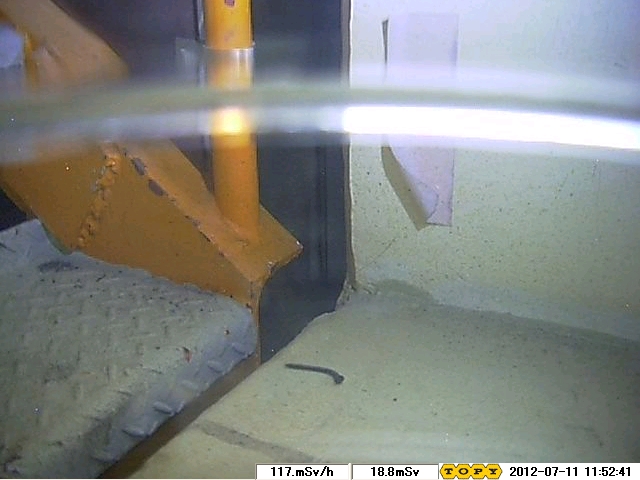
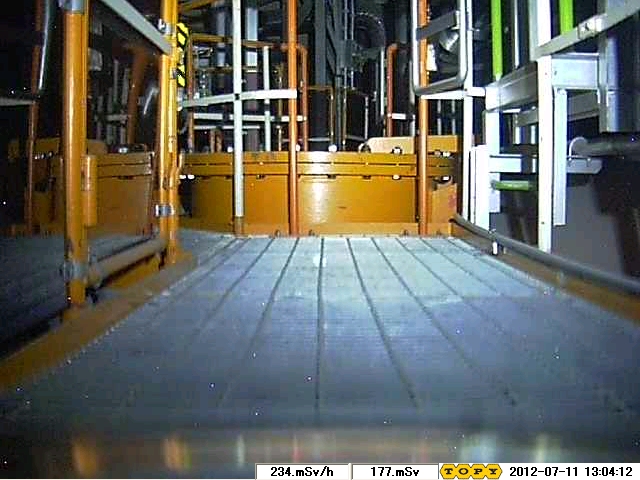
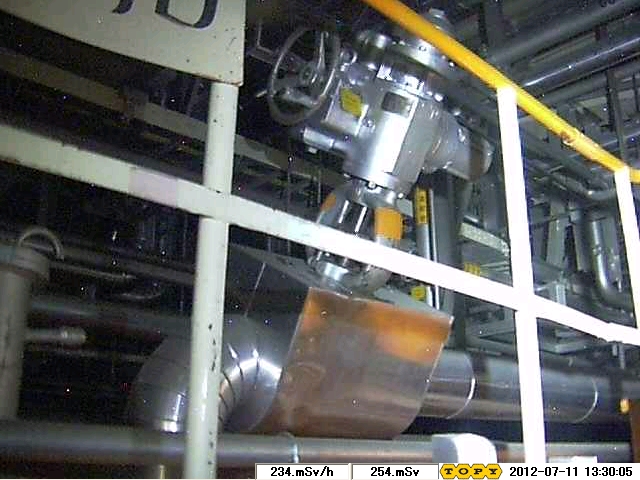
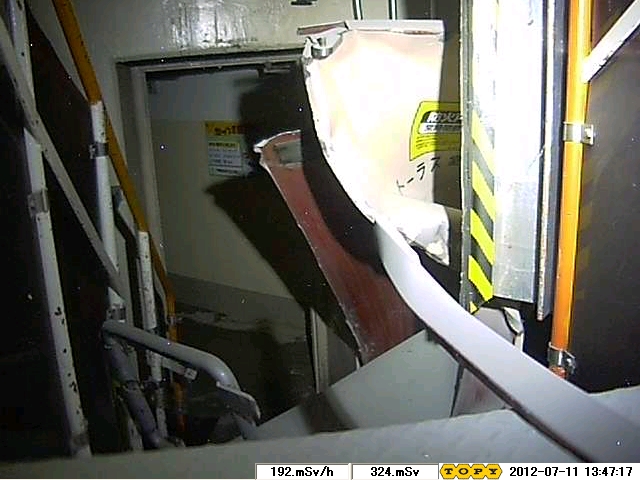









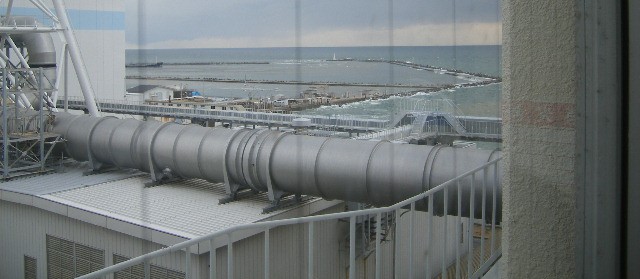
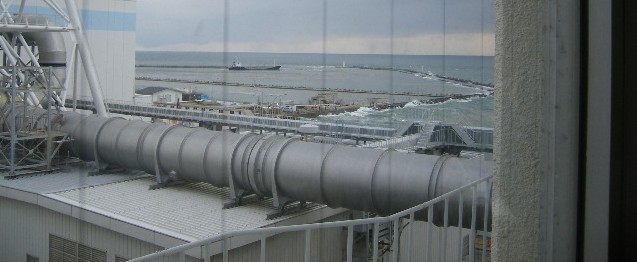
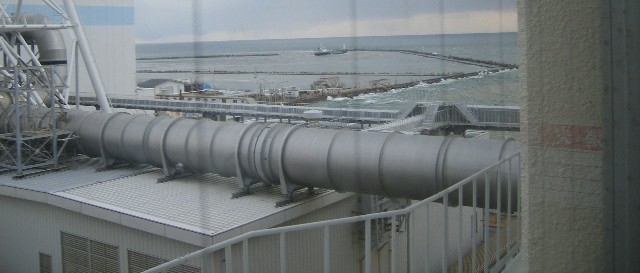
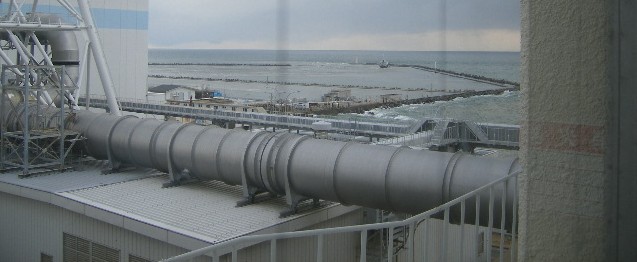
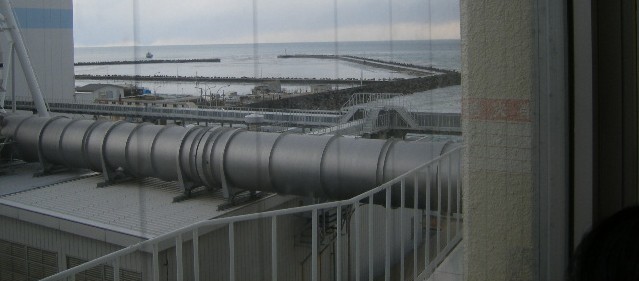
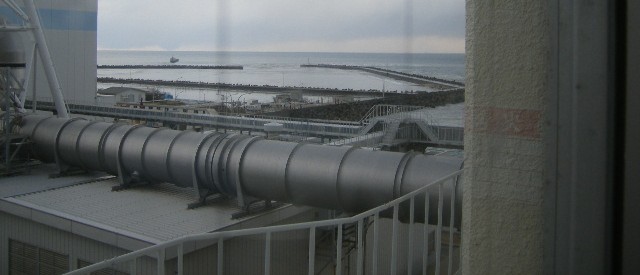
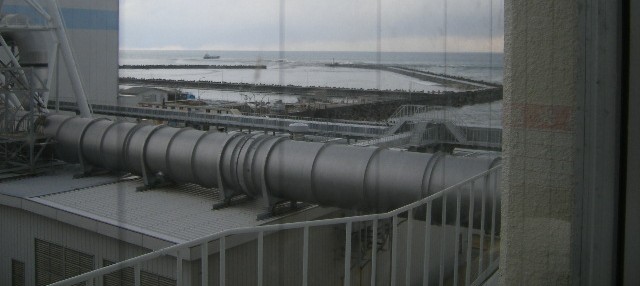
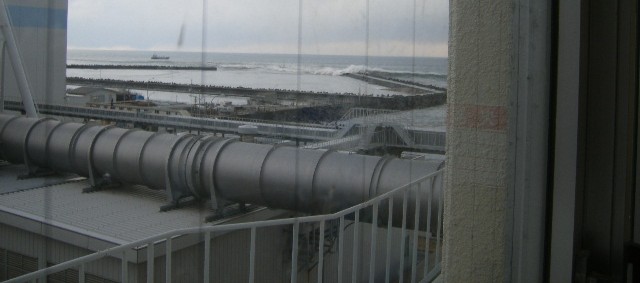
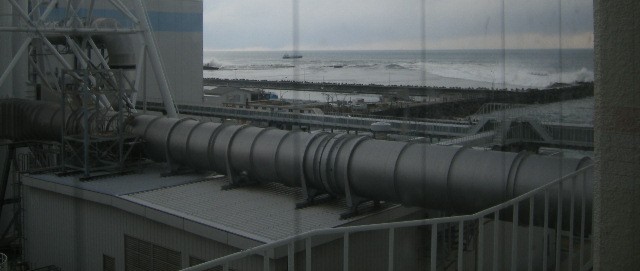

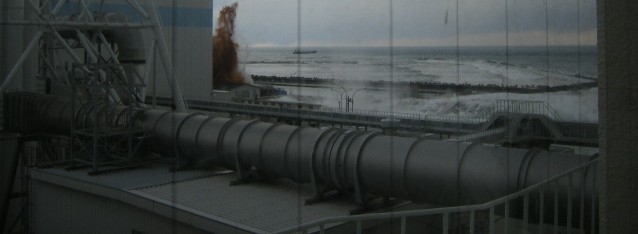
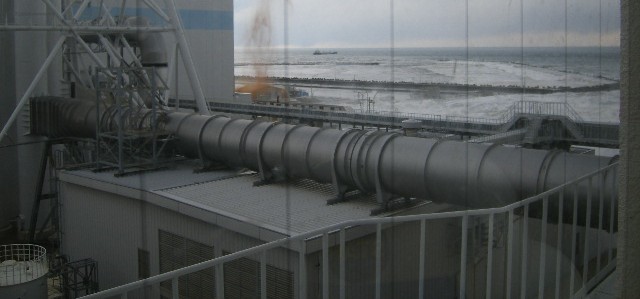
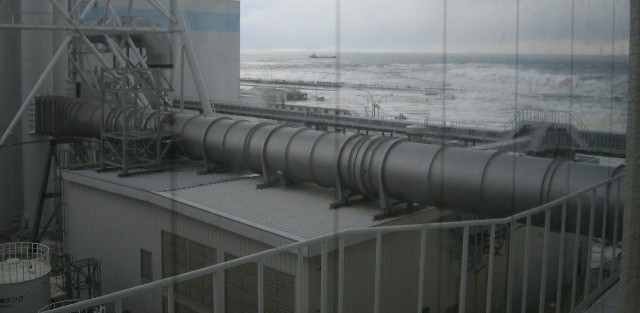
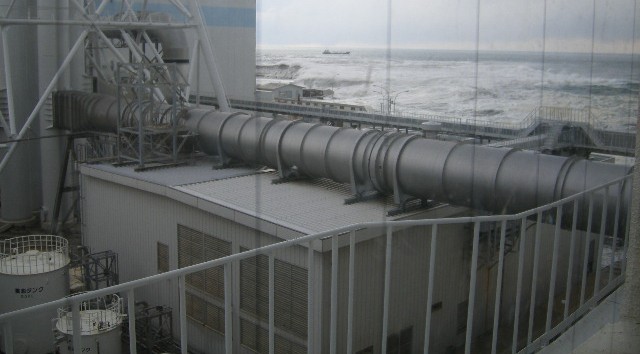
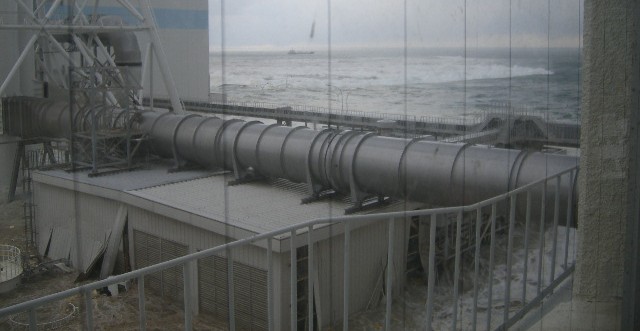
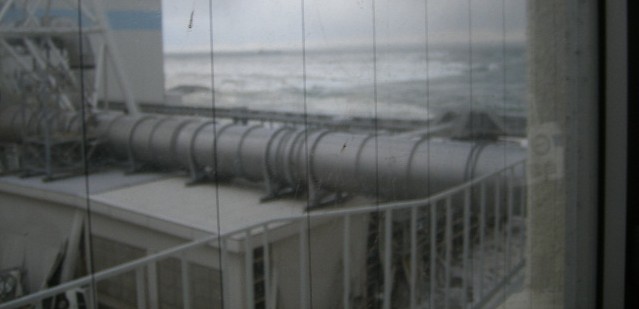
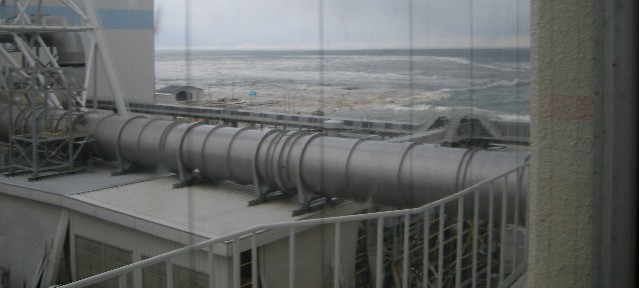
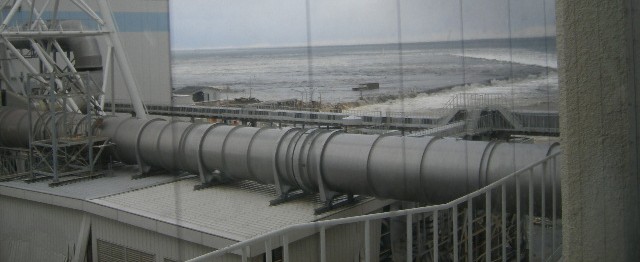
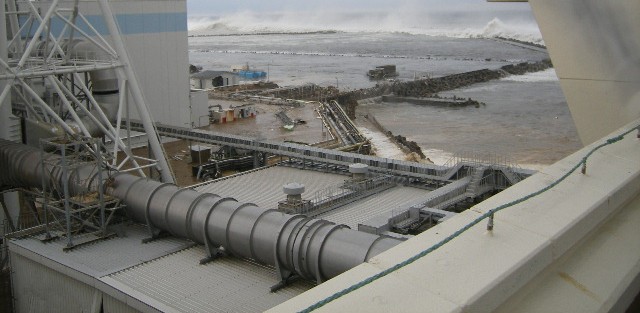
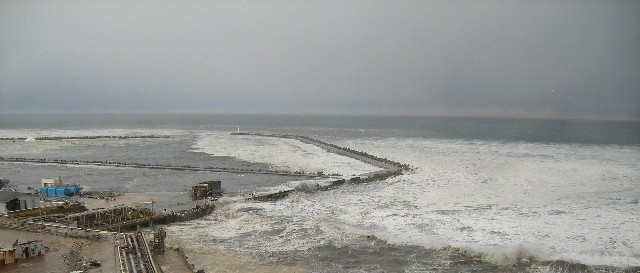
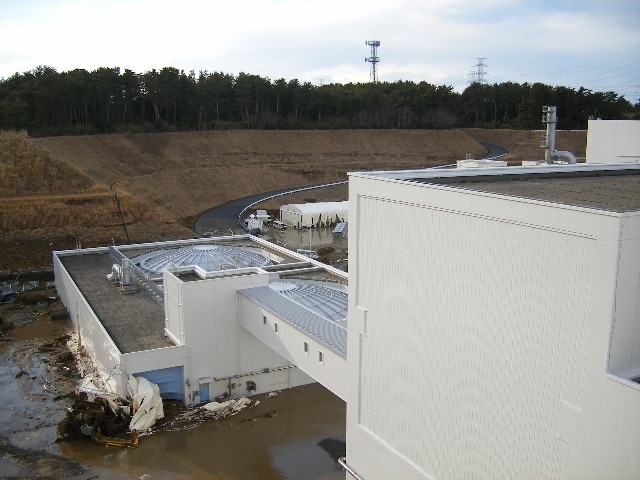

 Tokyo Time
Tokyo Time
![[Most Recent Quotes from www.kitco.com]](http://www.kitconet.com/charts/metals/gold/t24_au_en_usoz_2.gif)

